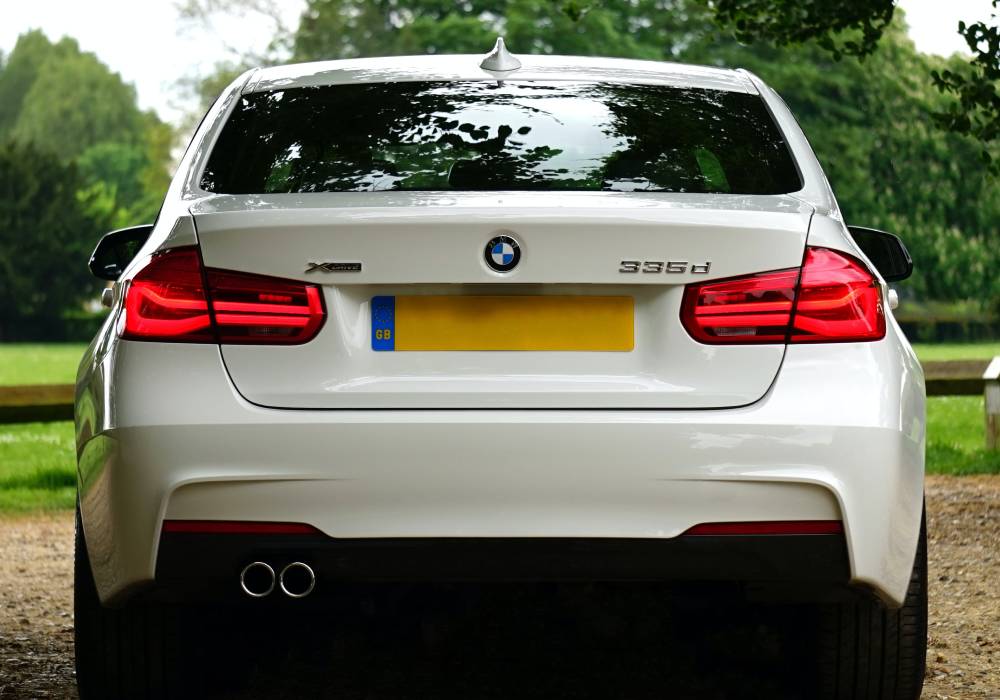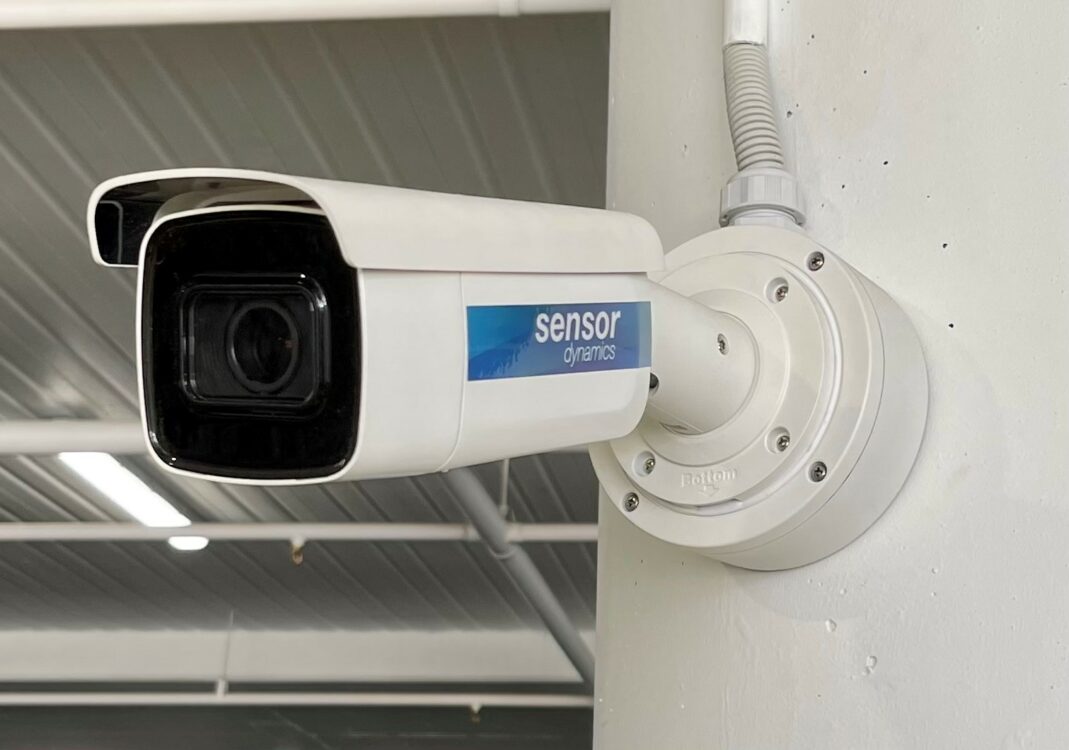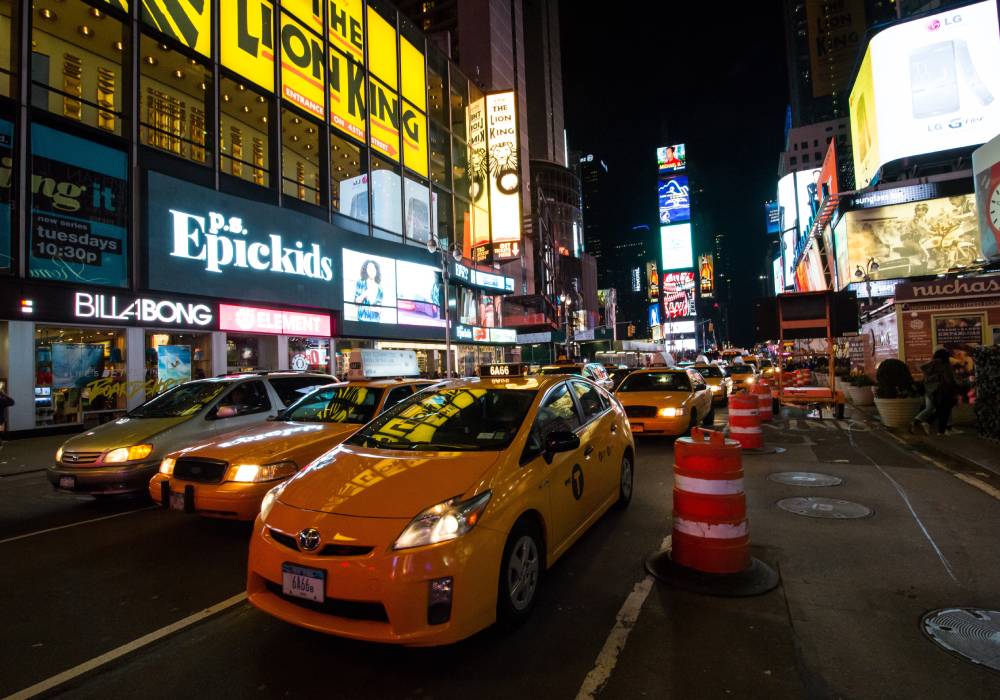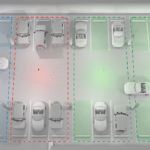How Does License Plate Recognition Work?

Have you ever wondered which cars are regular visitors? Maybe you need to keep track of unauthorised access or identify stolen vehicles. With License Plate Recognition (LPR), you can find out!
LPR is a technology that uses cameras to read license plates and identify vehicles. This technology has many applications, such as law enforcement, parking management, and security.
But is it really that simple? In this blog post, we will discuss what LPR is and how to use it. With a stronger understanding of the technology, you can feel confident relying on it.
Are you interested in LPR technology? Reach out to our team at Sensor Dynamics today. We’ve been Australia’s leading provider of LPR systems for over 20 years, offering services you can trust.
What Is License Plate Recognition (LPR)?
License Plate Recognition software is also known by a few other terms, which may be confusing if you’re not familiar with them. These include:
- Automatic Number Plate Recognition (ANPR)
- Automatic License Plate Recognition (ALPR)
- Automated License Plate Readers (ALPR)
- Car Plate Recognition
These are technologies that can be used to identify and track vehicles.
This technology can be used for a variety of purposes, including security, law enforcement, and traffic management. LPR can also be used for tracking vehicles for fleet management.
How Does License Plate Recognition Work?
Licence plate recognition technology uses cameras to capture images of license plates. It then passes the image through several processes.
Optical Character Recognition
With optical character recognition (OCR), special LPR software is used to convert the characters in a license plate into alphanumeric codes. These codes can be compared against a database.
Image Processing
Algorithms are used to analyse the images and determine whether certain criteria have been met, such as the plate’s size or shape. The LPR system then compares the license plate information against a database of known plates in order to identify the vehicle.
Identification and Access Control
Once identified, LPR systems can be used to track vehicles in real-time and store data for later use.
Most automated systems are designed to work in any lighting condition and have a high accuracy rate of more than 95%. Another factor that makes them fascinating is the access control feature.
This feature allows LPR systems to be integrated with access control systems such as gates, doors, and carparks. It automatically authorises or denies access based on vehicle license plate numbers.
License Plate Recognition Phases
LPR systems are composed of seven phases. Here, we’ll go through each step so you can fully understand the process.
1. Image Acquisition
In LPR, image acquisition is the process of capturing an image of a license plate. This can be done using a variety of methods, including cameras mounted on vehicles, buildings, or handheld devices.
There are two main types of cameras used in LPR: infrared and visible light cameras. Infrared cameras are designed to work in low-light conditions. They can capture license plates even when they are not illuminated. Visible light cameras are used in well-lit areas and can capture more detail than infrared cameras.
Cameras used in LPR systems must meet specific requirements in order to achieve high accuracy rates. The camera must have a high resolution to capture all the details of the license plate. It must also be able to produce a clear image regardless of the lighting conditions.
2. Pre-processing
Once an image has been captured, it is prepared for processing. In this step, camera images are adjusted to reduce noise and improve contrast.
3. License Plate Localisation
Next, LPR systems use algorithms to recognise license plates in the image. This involves recognising the shape, size, and location of the license plate. It then removes any residual background noise or other objects that are not part of the license plate.
4. Character Segmentation
LPR systems then use algorithms to segment characters in the license plate. This step is designed to ensure that the LPR system can accurately recognise characters in the image.
5. Feature Extraction
In this step, LPR algorithms extract features from the license plate image. This involves analysing the shape, size, and orientation of each character and comparing it to a database of known features.
6. Character Recognition
LPR algorithms then compare the extracted features to a database to identify and recognise the license plate.
7. Post-Processing
In LPR, image post-processing is the final step in the license plate recognition process. This step involves analysing the data and taking appropriate action based on the results.
Post-processing can involve a variety of tasks. It can send an alert when a license plate is recognised. It can also store the license plate information in a database or route the vehicle to a specific location.
Post-processing is an important step in LPR because it allows LPR systems to be customised to meet specific needs.
What Places Can LPR Be Used?
License Plate Recognition systems can be used in a variety of settings. Here are some of the most common applications for LPR:
- Carparks
- Traffic management
- Security
- Law enforcement
- Tolling
- Retail
Benefits of License Plate Recognition
The use of License Plate Recognition systems has grown rapidly in recent years. LPR systems offer a number of benefits, including:
- Increased Security: They provide an extra layer of security, so that only authorised vehicles are allowed in.
- Improved Efficiency: LPR systems can automate access and exit processes, saving time and money.
- Reduced Costs: LPR systems can also help to reduce costs, such as labour costs and parking tickets.
- Improved Accuracy: LPR systems can also help to improve the accuracy of license plate recognition, reducing the risk of errors.
Frequently Asked LPR Questions
Do these advanced systems still seem complicated? Here, we’ll answer some of the most common LPR questions to help you fully understand their offering.
Can LPR systems work with existing security or parking software?
Yes, most modern LPR systems can integrate with access control, payment systems, and security platforms.
How do adverse weather and other conditions affect LPR accuracy?
Even in low-light carparks or late at night, LPR cameras deliver reliable results. No matter the conditions, the right systems, sensors, and cameras can capture number plates with clarity.
This helps operators maintain accuracy and security 24/7.
What happens if a plate is dirty, damaged, or partially obscured?
Modern LPR systems are designed to handle these challenges. With the use of high-resolution imaging, they can still recognise plates even when dirt, damage, or obstructions make them hard to read.
How long do these systems take to install?
With Sensor Dynamics, you can trust us to install your new LPR system efficiently. Depending on the size of your system, it may only take a few hours or days to be fully set up.
Your Next Step Towards Smarter Vehicle Management
LPR systems can be a valuable tool for any organisation looking to increase security, improve efficiency, and reduce costs.
LPR systems are available in a variety of sizes and configurations. This allows organisations to choose the system that best meets their needs.
At Sensor Dynamics, we specialise in LPR technology and offer a selection of systems to meet the specific needs of our clients. Contact us today to learn more about LPR and how it can be used to improve your operations.




